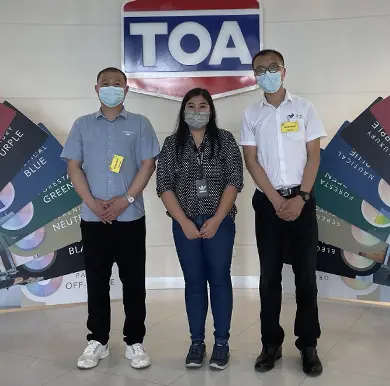
Dec . 01, 2024 04:57 Back to list
cellulose ether hpmc
Understanding HPMC The Versatile Cellulose Ether
Hydroxypropyl Methylcellulose (HPMC) is a widely used cellulose ether that has garnered significant attention across various industries due to its unique physical and chemical properties. Derived from cellulose, HPMC undergoes various chemical modifications, resulting in a water-soluble polymer that exhibits excellent thickening, binding, film-forming, and emulsifying properties. This article explores the numerous applications, benefits, and characteristics of HPMC, emphasizing its role in multiple sectors, including construction, pharmaceuticals, and food processing.
Understanding HPMC The Versatile Cellulose Ether
In the pharmaceutical sector, HPMC plays a crucial role in drug formulation. It is commonly used as a binder in tablets and as a coating agent, providing stability and controlled release of active ingredients. The gel-forming capacity of HPMC also aids in the production of sustained-release formulations, which ensure that medications are released over extended periods. Additionally, HPMC is often favored in formulations for its non-toxic nature and compatibility with a variety of ingredients, including water-soluble and insoluble compounds.
cellulose ether hpmc

The food industry has also recognized the benefits of HPMC. It is used as a food additive, frequently labeled as E464, to improve texture and increase the viscosity of various products. HPMC contributes to the stability of emulsions and serves as a fat replacer in reduced-fat foods, ensuring that the final product maintains an appealing mouthfeel and consistency. Its ability to form barriers makes HPMC an excellent choice for moisture retention, making it useful in coatings for baked goods and other food items.
In addition to its broad applications, HPMC also offers several benefits that make it an attractive option for manufacturers. It is non-ionic, which means it does not carry a charge, making it compatible with a wide variety of other materials without causing unwanted reactions. HPMC is also stable across a range of temperatures and pH levels, making it an ideal choice for formulations that may undergo varying conditions during processing and storage.
Finally, sustainability is becoming increasingly important in product formulation and manufacturing processes. Being derived from natural cellulose, HPMC is considered a more environmentally friendly option compared to synthetic polymers. As industries pivot towards sustainable practices, HPMC serves as a key ingredient aligned with these values.
In conclusion, Hydroxypropyl Methylcellulose is a versatile cellulose ether that has found its place in various industries due to its remarkable properties and wide range of applications. Whether utilized in construction, pharmaceuticals, or food processing, HPMC stands out as a crucial component that enhances product performance while adhering to sustainability principles. As the demand for innovative and efficient solutions continues to rise, HPMC will undoubtedly play a pivotal role in shaping the future of numerous sectors.
-
Versatile Hpmc Uses in Different Industries
NewsJun.19,2025
-
Redispersible Powder's Role in Enhancing Durability of Construction Products
NewsJun.19,2025
-
Hydroxyethyl Cellulose Applications Driving Green Industrial Processes
NewsJun.19,2025
-
Exploring Different Redispersible Polymer Powder
NewsJun.19,2025
-
Choosing the Right Mortar Bonding Agent
NewsJun.19,2025
-
Applications and Significance of China Hpmc in Modern Industries
NewsJun.19,2025







